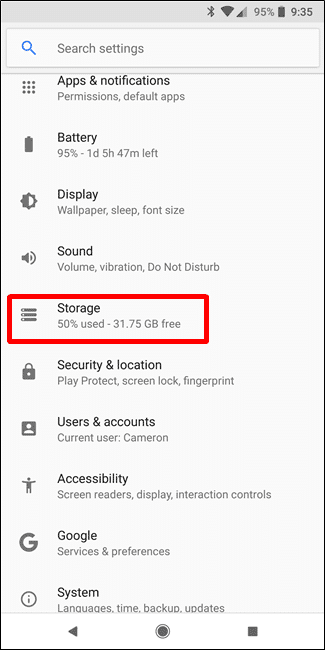Need information on how to easily clear your Wi-Fi cache on your Android device via your wireless setting? This article has you covered. It can be one in several versions of Android like Jellybean, Kit Kat, Gingerbread, Lollipop, Marshmallow or even Nougat.
Phone users must already know that you need to clear Wi-Fi cache from time to time to fix certain WiFi issues on your device. This is always the go-to fix when an issue like that arises. Without trying to confuse you with complicated technicalities, see How To Easily Clear Wifi Cache On Android:
How Can I Easily Clear Wifi Cache On My Android Phone?
- Access your phone menu.
- Click Settings, then head to “Storage” and “Cache Data.”

You Might Also Want To Read- How To Reset Your Google Wifi Device?
You Might Also Want To Read- How to improve your WiFi by choosing the best modem channel
- A confirmation message would be visible.
- Click OK to confirm cache clean-up.
- Attempt the reconnection of your WiFi.
Some phones might need you to choose the Internal storage, then you will need to come down to cache. Click and confirm to clear. Immediately you clear the cache, if it is not a major issue, everything should be fixed as soon as you reconnect.
More Information About Android:
Android is a mobile operating system based on a modified version of the Linux kernel and other open source software, designed primarily for touchscreen mobile devices such as smartphones and tablets. Android is developed by a consortium of developers known as the Open Handset Alliance, with the main contributor and commercial marketer being Google.
Initially developed by Android Inc., which Google bought in 2005, Android was unveiled in 2007, with the first commercial Android device launched in September 2008. The current stable version is Android 10, released on September 3, 2019.
The core Android source code is known as Android Open Source Project (AOSP), which is primarily licensed under the Apache License. This has allowed variants of Android to be developed on a range of other electronics, such as game consoles, digital cameras, PCs and others, each with a specialized user interface. Some well known derivatives include Android TV for televisions and Wear OS for wearables, both developed by Google.
Android’s source code has been used as the basis of different ecosystems, most notably that of Google which is associated with a suite of proprietary software called Google Mobile Services (GMS), that frequently comes pre-installed on said devices. This includes core apps such as Gmail, the digital distribution platform Google Play and associated Google Play Services development platform, and usually apps such as the Google Chrome web browser.
These apps are licensed by manufacturers of Android devices certified under standards imposed by Google. Other competing Android ecosystems include Amazon.com’s Fire OS, or LineageOS. Software distribution is generally offered through proprietary application stores like Google Play Store or Samsung Galaxy Store, or open-source platforms like F-Droid, which utilize software packages in the APK format.
Android has been the best-selling OS worldwide on smartphones since 2011 and on tablets since 2013. As of May 2017, it has over two billion monthly active users, the largest installed base of any operating system, and as of December 2018, the Google Play Store features over 2.6 million apps.